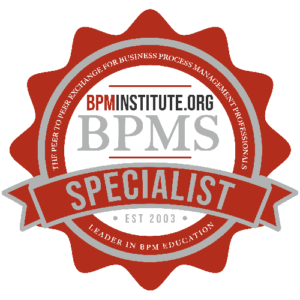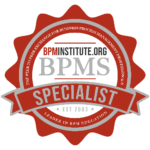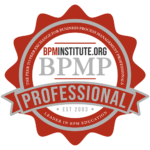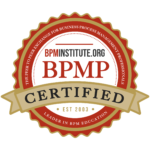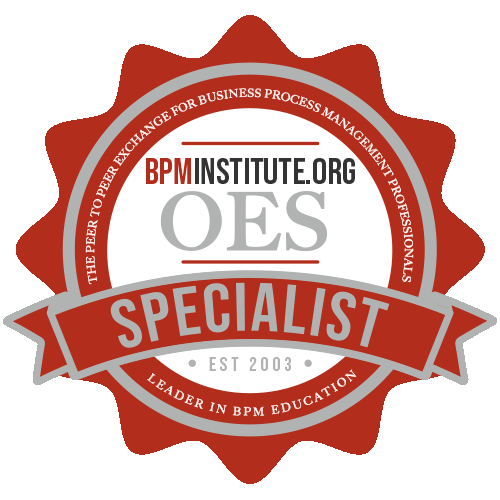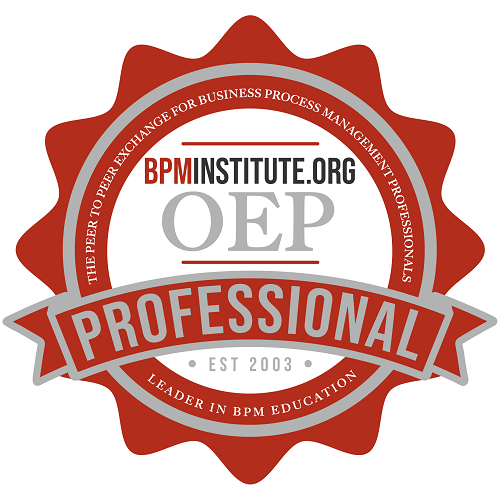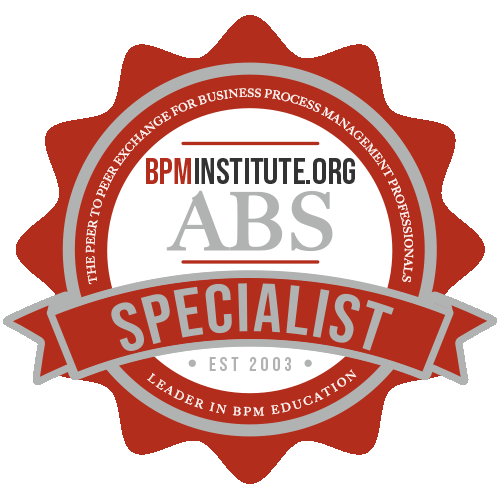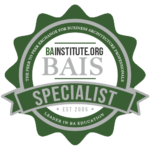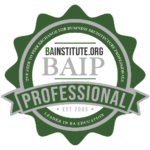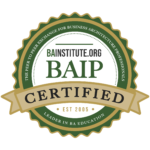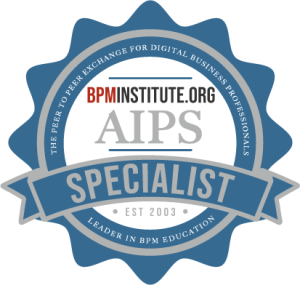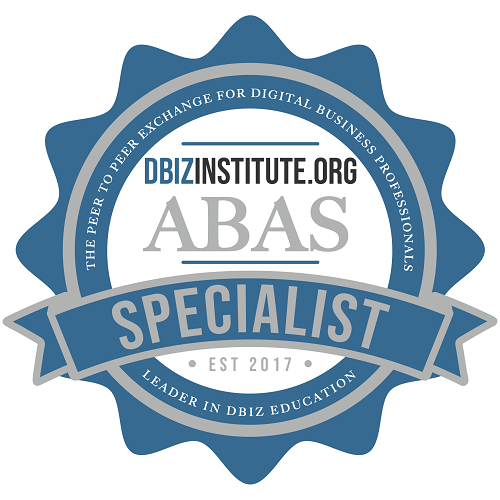Wherever a business is on the continuum of process analysis, improvement, or re-engineering, the initial step is to understand how people do what they do. A process map can get you started.
A process map defines how an organization performs work: the steps involved and their sequence; who is responsible for each step; and how work groups interact.
There is no shortage of software tools to help map your processes, and myriad formats to choose from. No matter what format, tool, or technology is chosen to document the “As Is”, though, collaboration is key.
The Simple Approach
Back in the days before “Google” was a verb, we used paper, pencils, and plastic templates with funny shapes cut out of them to represent our company processes. Yes, pages had to be printed, references found, and flow-charts were taped to large walls where processes were complex. Even so, somehow we managed to map, analyze, improve, and even re-engineer our business processes. While there are many ways to begin a process mapping effort, here is my favorite low-tech, high-touch way to get things rolling:
- Assemble a functional (or dysfunctional) work group in a large room with lots of sticky notes, markers, and wall space. A facilitator can help, but anyone can lead the group if they’re prepared to enforce good, basic meeting etiquette.
- Have people describe what they do in simple, action-oriented sentences – not how they do it, not who does it, not in what sequence they do it, and not how they ought to be doing it. Keep asking until they tell you what they do today, warts and all. In this exercise, stick to what happens most of the time, not the exceptions.
- Agree on what to call each step. Write it down in big letters on the sticky notes with a marker.
- Agree on who does each step. For this it’s best to pick a functional title, rather than “Fred”, since “Fred” may win the lottery tomorrow and then where will your process map be?
- Figure out what your interactions are with other work groups: What do they give you? What do you do with it? What do you give other groups? Agree on what to call these inputs and outputs, and write them down – along with the department/organization/work-group names – on sticky notes that are a different color than the ones you used for the steps.
- Ask the team to stick the sticky notes to the wall in the order in which they do the steps, and where the inputs and outputs from/to other work groups intersect with the process. Chaos ensues. It will be quite enjoyable to those with a dark sense of humor.
At some point after a long, grueling, and sometimes hysterical session, you should be able to look at the wall and have some sense of what gets done in the work group, by whom, and in what order. Consider stuff coming in from other departments, and stuff going out to other departments, and you may even get a sense of why the group exists, and continues to get funding each fiscal year. If the group’s value-add isn’t evident, stop doing this and read up on updating resumes.
The Happy Path/The Exceptions
Tactful facilitation should help the group resist the following temptations:
- Forcing the process to follow the “happy path”. This is where everything goes right the first time, no one ever has to re-do anything, and no one ever makes a mistake. If this is reality, why are you reading this article?
- Overplaying the exceptions. It’s natural to focus on the most painful and career-damaging incidents, but here we’re looking for what happens most frequently, not what takes the majority of time, effort, and resources.
- Making improvements to the process on the fly. It seems easy to try to fix problems that become evident through the initial stages of process mapping – the proverbial low-hanging fruit – but be strong. Changes, even (especially?) those we think of as no-brainers, often have unexpected consequences downstream. Save the “should be” for a later phase, when you can consider the impact to the entire system/organization/process.
Why Am I Doing This?
Aside from hours of amusement? For businesses considering a process improvement effort, with or without BPM software tools, the process map is used as a reference. Even if a vision of the final process already exists, the current map provides the “you are here” marker.
The resulting documentation can be used as a training aid or as a job checklist. It can be used to help align personal, departmental, and enterprise goals – or illustrate where those alignments don’t exist. Increasingly, process maps help companies comply with external audit and certification requirements. Perhaps the most important by-product of this collaborative exercise is that it provides the rank and file with a new perspective on their work, and powerfully illustrates inefficiencies and gaps. It prepares the work force for change by presenting an objective look at the potential benefits of moving beyond the status quo. One Gartner study suggests that the simple exercise of getting the gang together to jointly map their processes – with no subsequent process improvement efforts – can result in productivity improvements of 12% or more. Clearly, the act of collaboratively mapping your processes is of value in and of itself, and is a great way to build teams.




